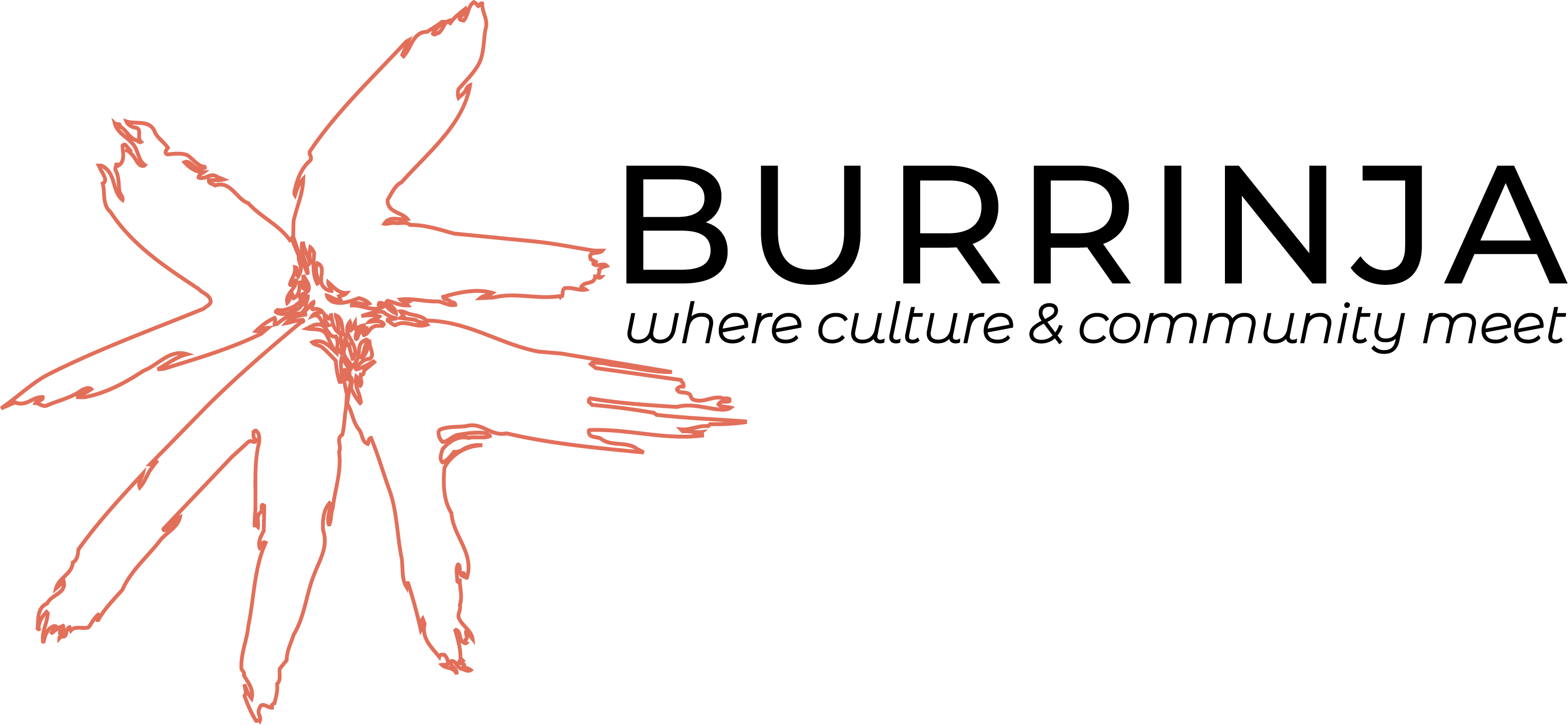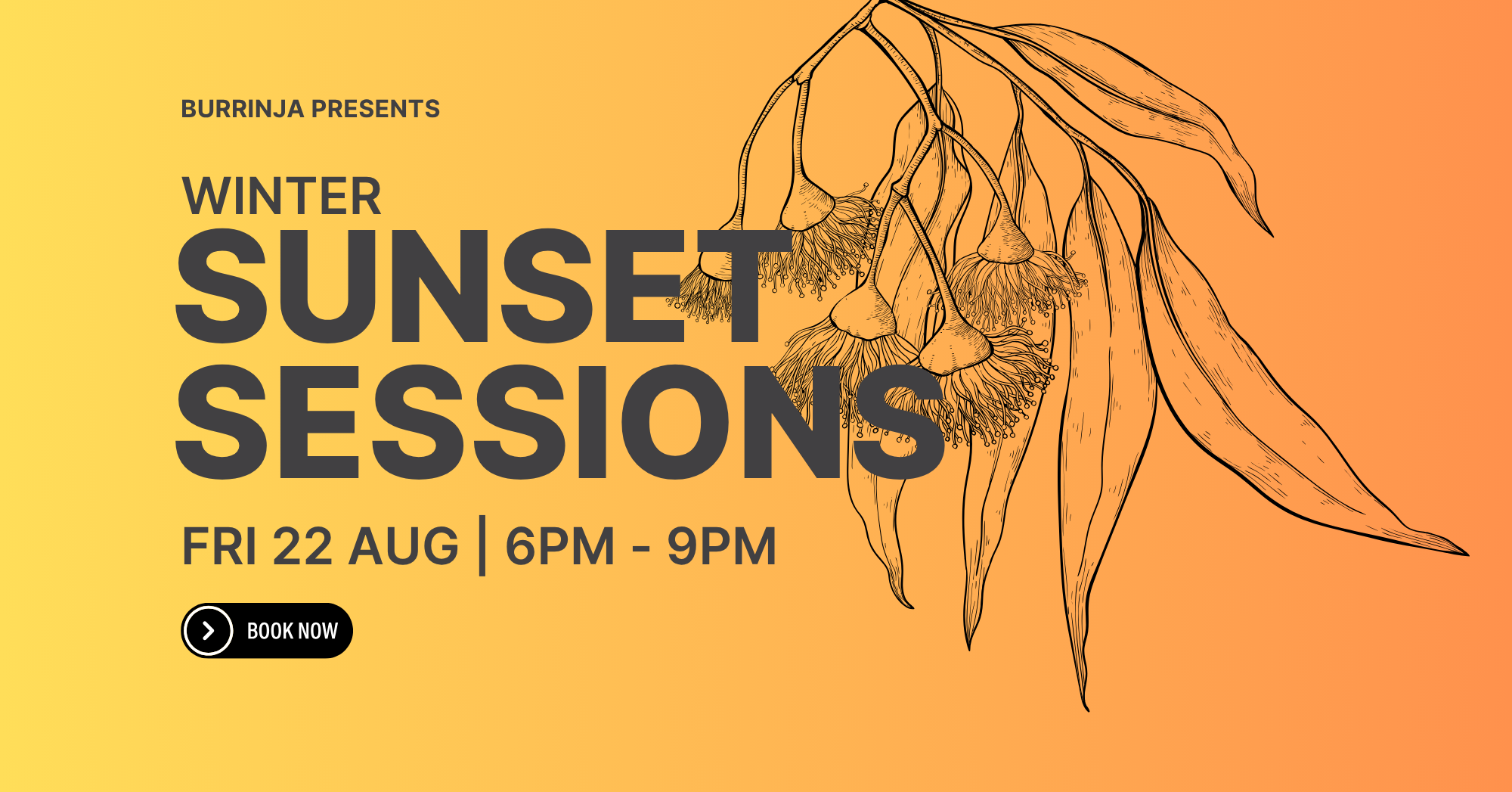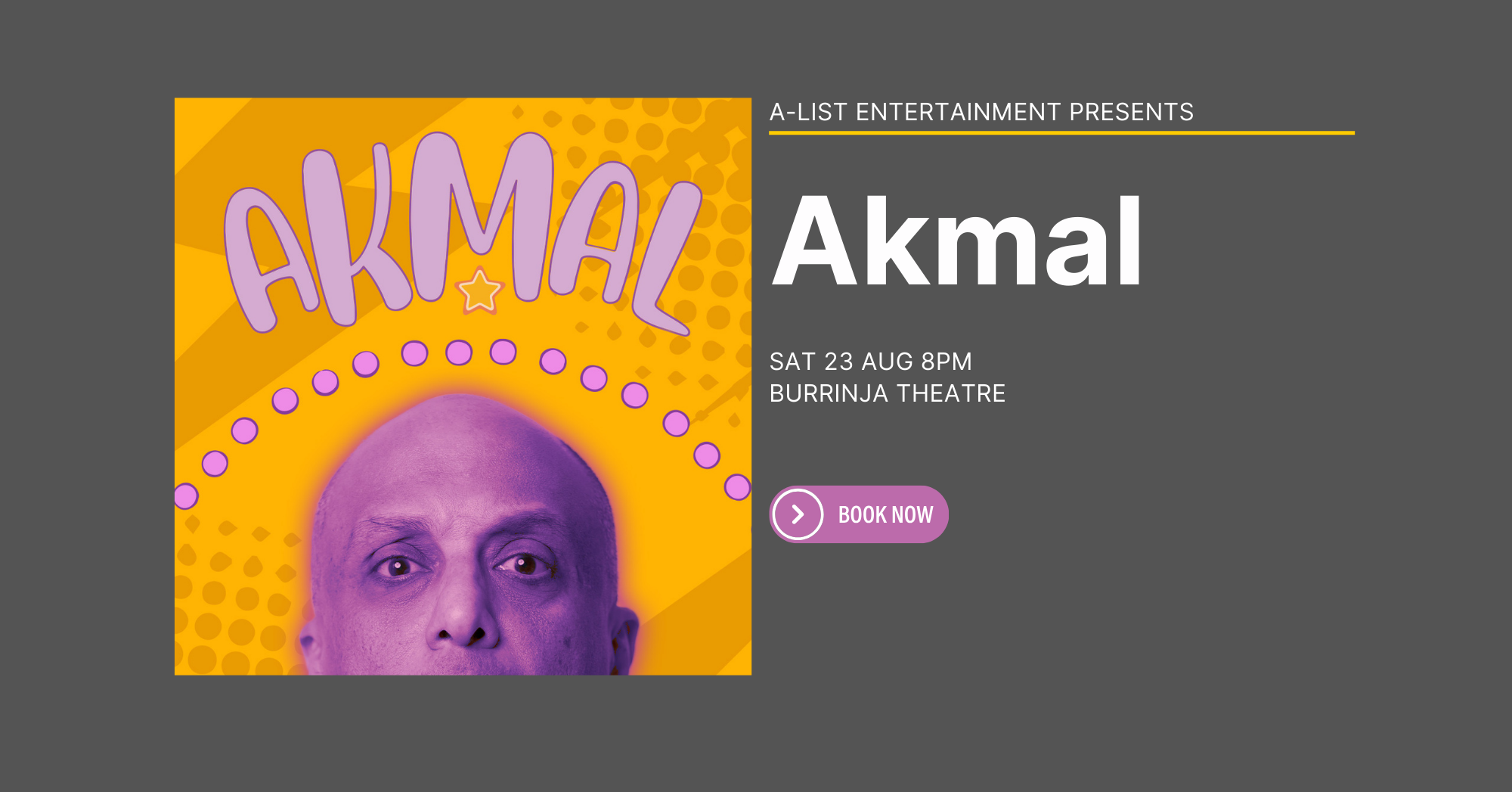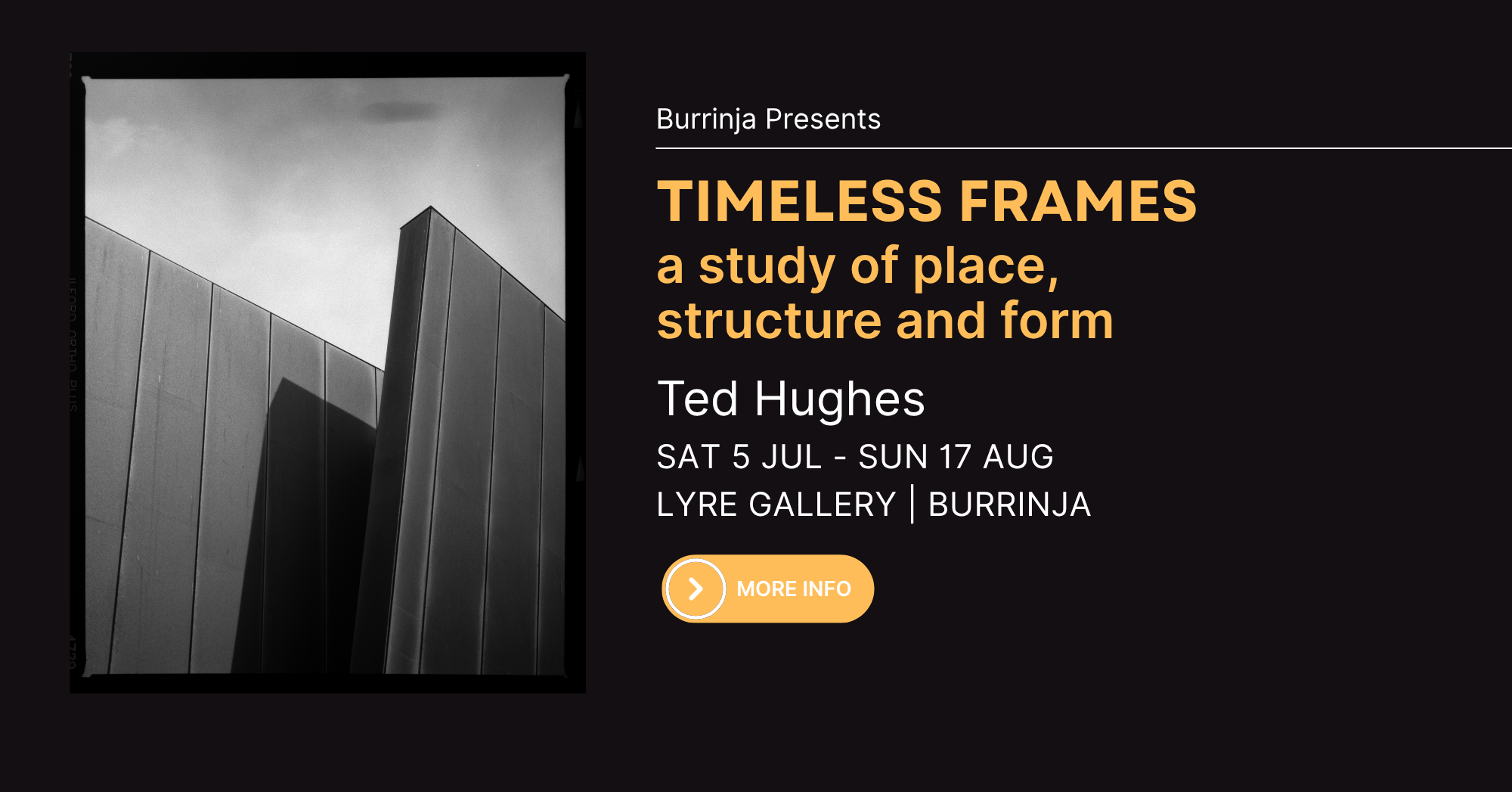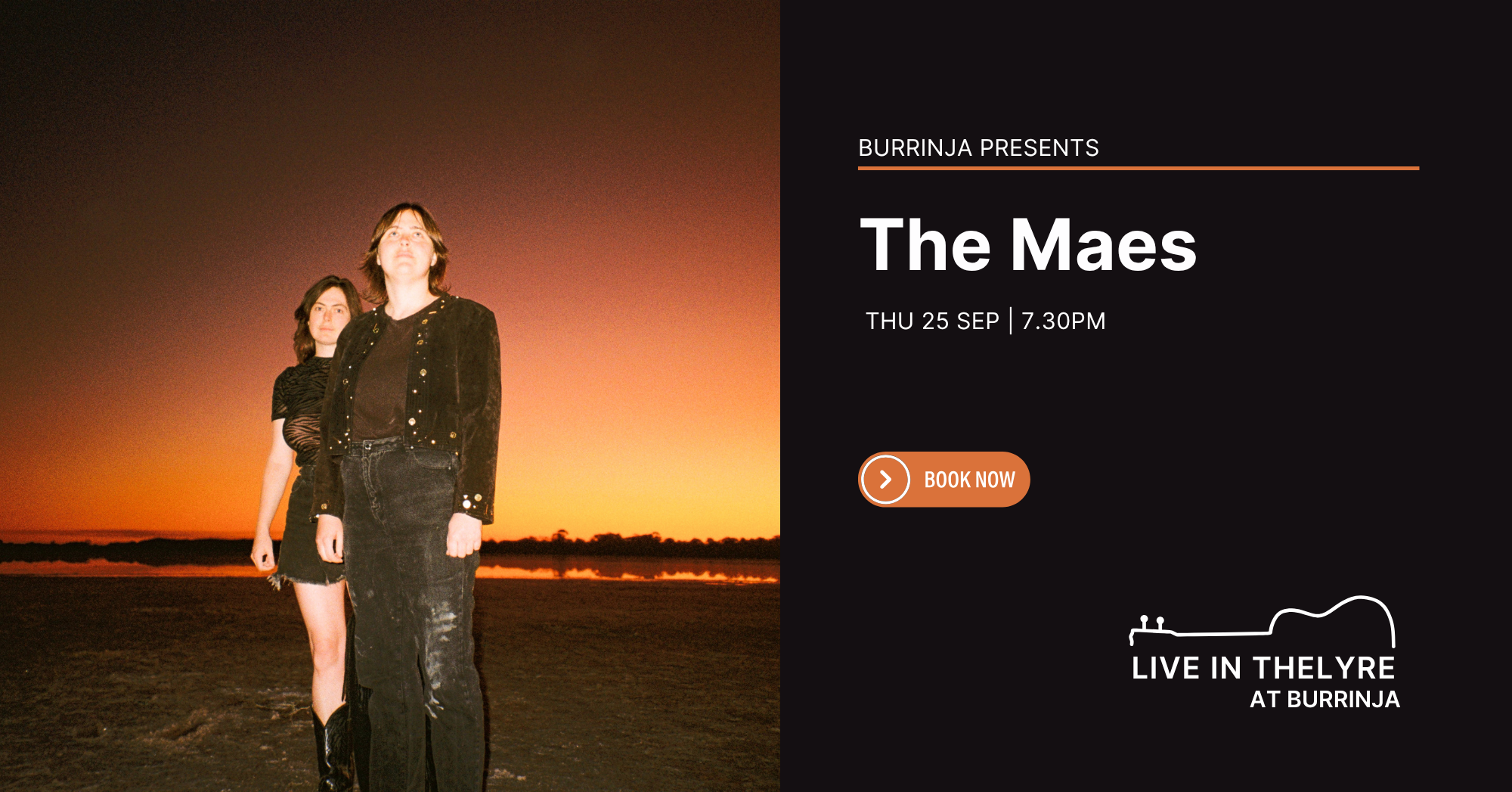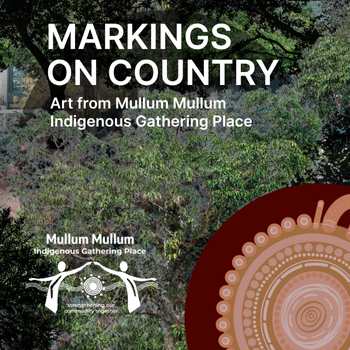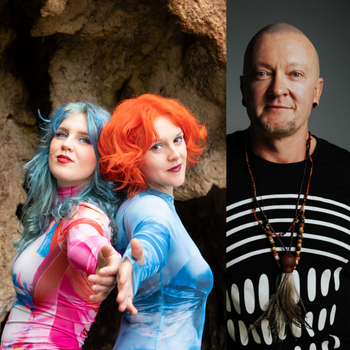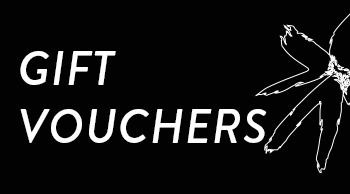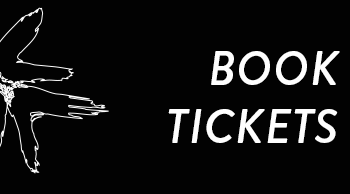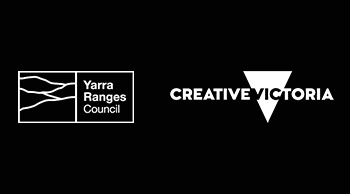Mary Tonkin: Home 2000-2010
19 November 2011 - 26 February 2012
Australian Galleries and Burrinja Gallery were delighted to present the first survey exhibition of celebrated Victorian landscape painter Mary Tonkin.
Home 2000 – 2010 spans the last decade of Tonkin’s career, focusing on the works depicting the Kalorama region of the Dandenongs where she grew up and continues to paint today. The exhibition features drawings and works on canvas ranging in scale from the intimate to the colossal.
Tonkin uses painterly application and saturated colour to convey the emotive qualities of the landscape she depicts. Her documentation of the landscape conveys the sensation of being in the Australian bush, enveloped by native trees, ferns and tangled undergrowth. Dr Maryanne Coutts writes in the accompanying catalogue essay that Tonkin’s “trees and dams reflect the movement of her life in a way that is autobiographical. In her paintings they wear ecosystems of colour that convey human states and celebrate passages of time.”
Victorian born Mary Tonkin completed a Bachelor of Fine Arts with Honours and later a Master of Fine Arts at Monash University. She was awarded the National Gallery of Victoria trustees award in 1994 and 1995, the Dobell Drawing Prize in 2002 and the Kedumba Prize for Drawing in 2010. Her work is held by the Art Gallery of New South Wales, the National Gallery of Victoria and several regional and university collections.
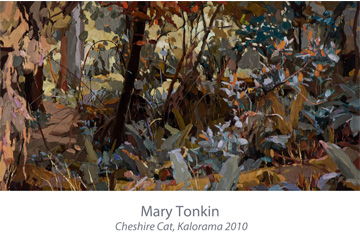
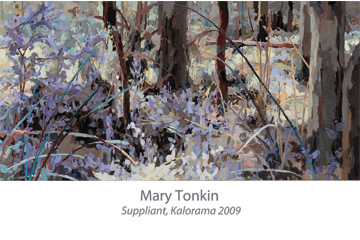
FROM THE MARY TONKIN CATALOGUE By Dr Maryanne Coutts (2011)
Dr. Maryanne Coutts is an artist and Subject Leader for Drawing at the National Art School in Sydney
Madre, Kalorama from 2008 is a painting of a very close big mamma of a tree. Indeed all Mary Tonkin’s work is about closeness, about standing very near to life, embracing the world with an intense scrutiny. Technically, this closeness requires multiple points of view. Being physically close to a subject makes it impossible to see a whole without moving eyes, head or whole body. But unlike the disjunction often caused by looking from different places, she synthesises many perceptions into a convincing and immersive structure. Consequently, the large works, notably Witness, Kalorama, make us move our bodies in order to see the whole, engaging physically in the activity of viewing. We experience the proximity of the landscape; the immediacy of grass, leaves and twigs flickering with presence.
I first became aware of Tonkin’s work when she was drawing and painting in the Werribee Gorge on the other side of Melbourne to her home in the Dandenongs. However, her subsequent focus as an artist has been almost entirely on the property where she grew up in Kalorama, building this significant oeuvre from the place she calls ‘home’. While she had come to know Werribee Gorge with her eyes through thousands of hours of precise observation, Kalorama is bush that she already knows. It is a place which she inhabits fully and which occupies her. The trees and dams reflect the movement of her life in a way that is autobiographical. In her paintings they wear ecosystems of colour that convey human states and celebrate passages of time that are both specific and enduring. This is enhanced by the rigorous formal control as each body of work makes a distinctive statement.
Underlying everything is a profound dedication to drawing. For all the rich voluptuousness of Tonkin’s colour, it is colour that, like drawing gnaws away at something underneath. It is not local colour but searching, burrowing colour. These are often fleshy works, but they have tough, tough bones.
This ‘gnawing’ is very clear in the impressive large drawings as well as the innumerable smaller drawings which serve both as studies for paintings and as special works in their own right. The smaller scale allows for a delicacy that leads to a different emotional range; their search has an intensity which is different to the denser physicality of the large works.
All these images invite touch: the physicality of the paint, charcoal or pencil and the texture that is represented coincide in an almost self-reflexive way, where the surface of the image and the world are parallel, activating a universe of place and person.
Stories of Song and Dance
30 July - 16 October 2011
To celebrate the opening of a new performing arts centre and gallery spaces in 2011, Burrinja curated a key exhibition of ceremonial objects from the Burrinja/Neil McLeod Gift Collection. Stories of Song and Dance focused particularly on the unique Malangan artefacts from New Ireland and New Britain in Papua New Guinea, works created specifically within the zone where ceremony and performance intersect.
Showcasing unique Malangan artefacts from New Ireland and New Britain in Papua New Guinea, this exhibition gives an insight into Melanesian cultures, ceremonies and performances. These stunning masks and friezes were produced in the post-colonial period by master carvers Hosea Linge, Ben Sisia and Edward Sali.
On display are impressive Kavat fire dance masks of the Baining society and very rare Iniet stone carvings from the secret Tolai society on the Gazelle Peninsula. The powerful Iniet society was outlawed by the German colonial administration 100 years ago and rumors about its existence still circulate.
The exhibition further presents Aboriginal rare Djunba dance boards from the Kimberley by Jack Dale Mengenen (c1922), a senior lawman of the Ngarinyin people and paintings by Rover Thomas Joolama (c1926–1998), one Australia’s most successful Aboriginal artists.
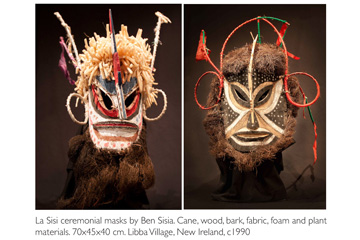
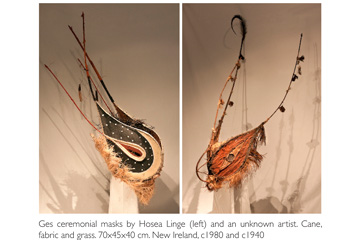
FROM THE STORIES OF SONG AND DANCE CATALOGUE By Harold Gallasch (2011)
Song and Dance
Since earliest times song and dance have been an attribute of human behaviour. Mankind developed language, spoke to communicate and society developed. But, to express feeling and passion, song was used. The passion could be about enjoyment, wellbeing and love, but it could encompass the other extreme of feeling, of anger, rage and hate.
In Oceanic society the same range of feelings is expressed by individuals and groups as in so called ‘western’ or European society. And these feelings are manifested in communal song, often accompanied by dance.
What is dance? It is but a further, more intense, manifestation of human feeling. Song expresses our feelings through voice, using and appealing to one of our senses, but dance involves the whole body, incorporating the sense of sight and movement. When combined with song and musical accompaniment there is no more intense way that humankind can express its feelings.
This is especially the case in Melanesia, those islands to the north and north-east of Australia, where items in this current Burrinja exhibition have originated; the islands of eastern Papua New Guinea.
While we in the ‘west’ often separate song and dance, this is not the case in PNG culture where music, often in the form of some percussion instrument, invariably accompanies dance and is usually associated with song, in unison. While we often leave the singing to ‘professionals’ in PNG village culture it is very inclusive. The whole community will participate and harmonize in song. However, in spite of the general inclusiveness, there are certain boundaries in the village which can dilineate who will sing together, and this is usually along the lines of gender. Women for example, would not sing along with a canoe song, or a war song, while men would be deterred from participating in a gardening song.
Maggie Diaz: Into the Light
A Retrospective curated by Gwendolen De Lacy
11 April – 12 July 2008
American born photographer Maggie Diaz arrived in Melbourne in 1961, on a one-way ticket, and soon established herself has one of the city's leading commercial photographers. An award-winning photographer in Chicago and resident photographer of the famous Tavern Club, Diaz used her flair for night photography and use of available light to capture the essence of Melbourne's arts and wider community over four decades.
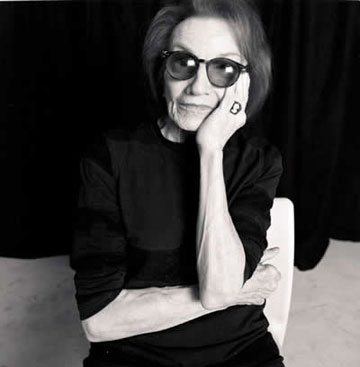
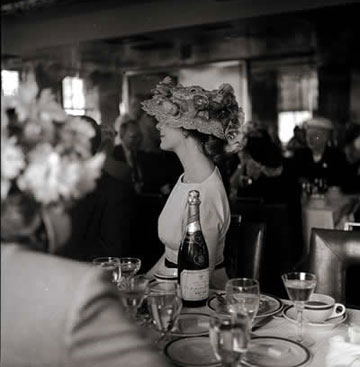
Diaz's photographic oeuvre dates back to 1950s Chicago. It includes haunting images of the housing project known as Lower North Centre. She depicted Melbourne 'battlers' in a yearbook for The Brotherhood of St Laurence and was commissioned to produce night shots of the city for promotional purposes. Her work has always been marked by the contrast between the glamorous commercial world and those outside of society, with whom she felt a connection.
Diaz has the knack for capturing the soul of the artist – for getting the person to reveal themselves to her. This saw her portraiture of actors becoming a major interest. She photographed scores of plays at La Mama, The Courthouse and Playbox theatres in the 1990s and recently celebrated her 80th birthday with a slideshow at the Carlton Courthouse. It was a sell-out event, which generated long-overdue interest in Diaz's life and career, and prompted a mention in State Parliament:
Lloyd Godman: enLIGHTen
8 February - 30 March 2008
Lloyd Godman's first major Australian exhibition, featuring projection installation, 'carbon obscura', photography, new and mixed media, extends the boundaries of the gallery, creating experiential immersion.
The largest photosensitive emulsion we know of is the planet earth. As vegetation grows, dies back, changes colour with the seasons, the "photographic image" that is our planet alters. Increasingly human intervention plays a larger role in transforming the image of the globe we inhabit.
Lloyd Godman – 2006
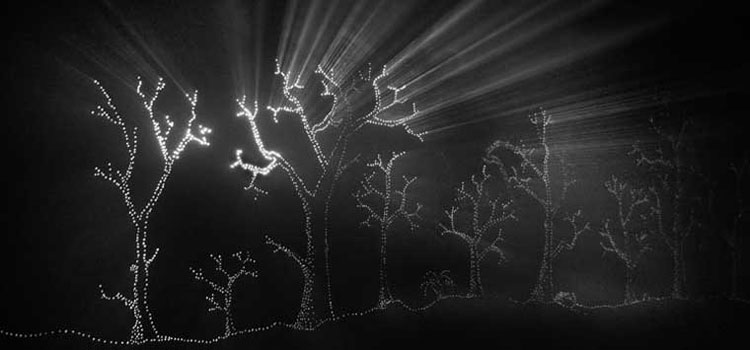
"Lloyd Godman's twin careers of serious and successful organic gardener and practicing artist of great creative energy converge in new and constantly surprising ways to make art about the ecological concerns that underly his gardening. Over almost three decades his art has widened out from relatively traditional landscape photography to include elements of performance, audience participation art and multimedia installation to explore the tensions between electronic consumer society and the ecosystem."
Artlink magazine - Ecology: Everyone's Business - Vol 25 no 4 - Dec - Jan 2006
"It is doubtful if Australasia has a more protean, visionary and ecologically committed artist than Lloyd Godman."
B&W Magazine USA, Jan 2008
